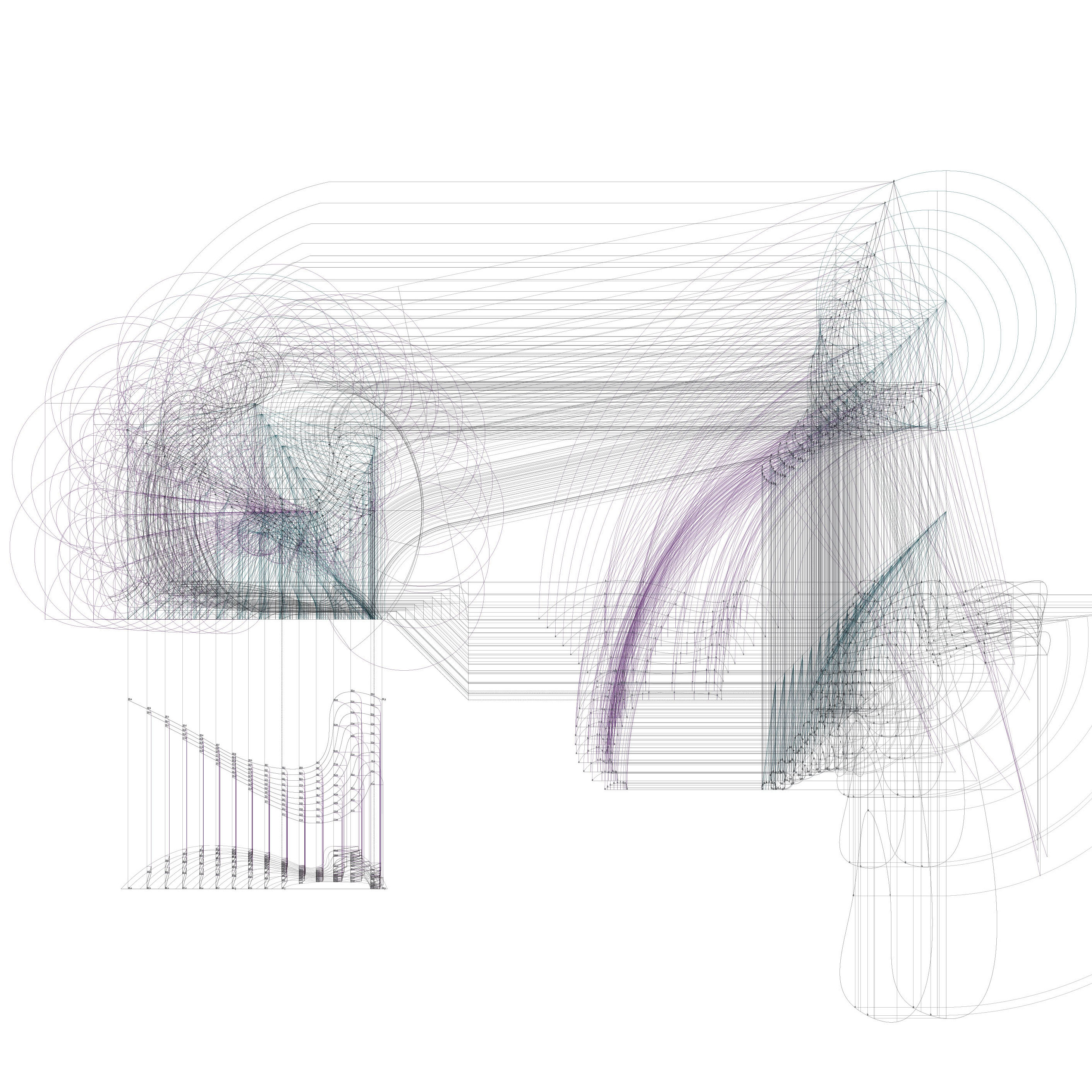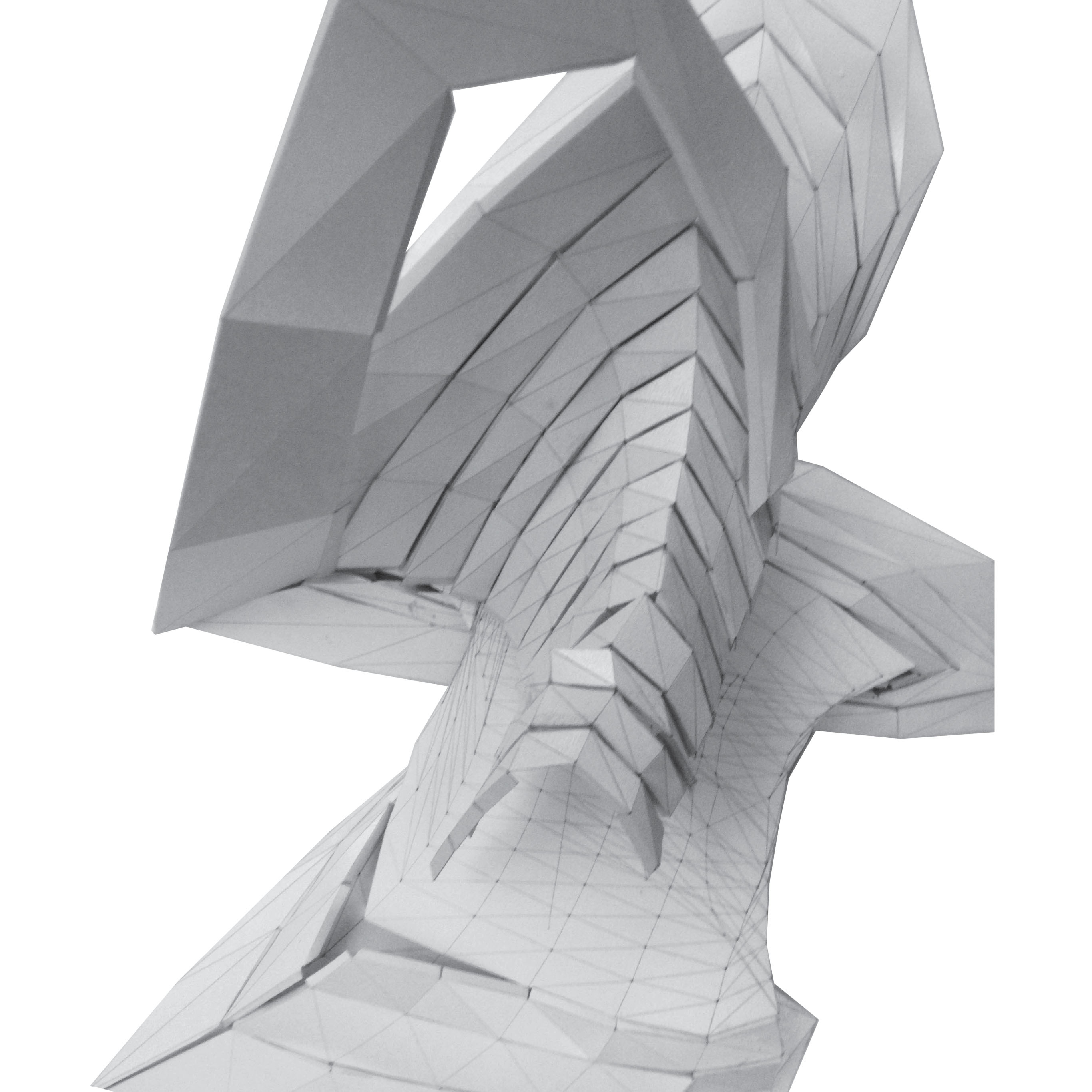




Architecture,Two-Dimensional Analogues, GraduateTopic Studio
In the history of Architectural representation, two-dimensionality has played a significant role. Elevation drawings, emerging in the Renaissance, allowed for the description of the facades of buildings. Later, during the Baroque, the emergence of double-orthographic projection allowed for the production of increasingly complex three-dimensional architectural objects. In each case the flatness of the representation promoted a distinct understanding of space and therefore a distinct methodology for the production of architecture. In contemporary practice, flatness has ceased to have a projective role. While one could point to many practices that focus on the development of plans as the organizational logic of their work, it is difficult to find a practice in which two-dimensional, flat drawing plays a dominant role in the projective generation of architectural form. This is largely due to the presence of tools that allow for the simulated visualization of architectural objects. They rely on the presentation of a three-dimensionality that is analogous to actual three-dimensional space. However, these tools are equally prepared to work with one, two, and three-dimensional information. This studio worked through an in depth study of two-dimensional analogues of three-dimensional space. It argued that the two-dimensional has descriptive and projective properties that offer an alternate track to the study of three-dimensional form. The studio hybridized contemporary digital techniques with historical models of representation looking for alternate methodologies in the production of the architectural object.